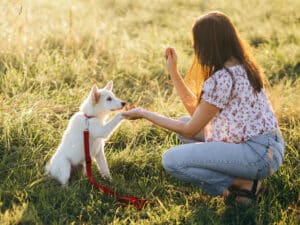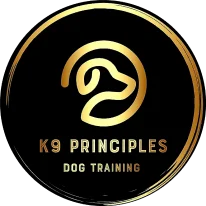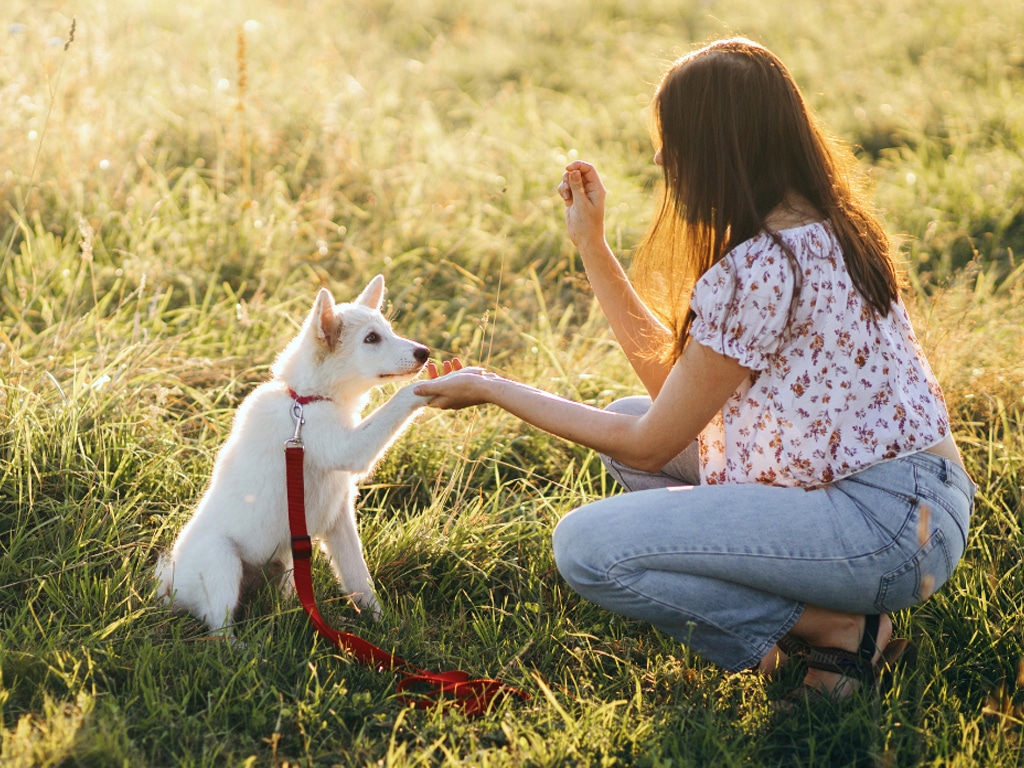How to Improve Your Bond with Your Dog?
In the realm of companionship, dogs are not just pets; they are our confidants, our loyal companions, and in many ways, our soulmates. Yet, establishing a profound bond with your dog goes beyond mere coexistence. It’s about nurturing a connection that’s rooted in mutual respect, understanding, and communication. If you’ve found yourself in a bit of a rut with your dog—perhaps they seem indifferent to your cues, or there’s a noticeable lack of affection—it’s a sign that the bond you share could use some strengthening. This relationship is dynamic, requiring continuous effort to grow and evolve. To transform your relationship with your dog into one of deep connection and mutual respect, here’s a detailed guide.
Understanding the Language of Companionship

The foundation of any strong relationship is communication. In human friendships, a balance of speaking and listening is essential, and this principle applies equally to the bond between humans and dogs. While we often expect our canine friends to understand our every cue, we might not always put the same effort into understanding their needs and signals. Dogs communicate a wealth of information through their body language—tail wags, ear positions, and even the subtlety of their gaze are all part of their way of expressing emotions and intentions.
To truly connect with your dog, it’s crucial to become fluent in their non-verbal language. This means paying attention to the more obvious body language, like the excitement shown in a wagging tail, as well as the more nuanced signals, such as the anxiety that might be expressed through their posture. By learning what your dog’s body language is telling you, you can better understand your dog’s needs and feelings, paving the way for a more harmonious relationship.
Example: When your dog lowers their head and avoids eye contact, it could indicate discomfort or submission, rather than just shyness.
Respecting Individual Preferences

Just as humans have their unique likes and dislikes, so do dogs. Some may revel in the joy of cuddles, while others might prefer their own space. Understanding and respecting these individual preferences is key to deepening your bond. This involves observing your dog’s reactions to different activities and forms of affection and adjusting your interactions accordingly. By aligning your actions with your dog’s preferences, you not only show respect for their individuality but also enhance the quality of your relationship. The best reward is the one your dog wants the most and will work the hardest to receive.
Example: If your dog loves play more than treats, use their favourite toy as a reward during training sessions to reinforce positive behaviours.
The Power of Daily Training
Incorporating training into your daily routine is a powerful way to strengthen your connection with your dog. Training sessions, based on positive reinforcement, not only stimulate your dog’s mind but also build trust and shared positive experiences. It’s important to remember that every interaction with your dog is an opportunity for training. They learn 24 hours a day, not just when we are in training sessions. Whether you’re working on new tricks or reinforcing established behaviours, making training a daily activity can significantly improve your dog’s attentiveness and your overall relationship.
Example: Teach your dog to sit before getting their dinner or to wait at the door before going for walks to incorporate training seamlessly into everyday life.
Setting Your Dog Up for Success

A crucial aspect of building a strong bond with your dog is creating opportunities for them to succeed. This involves breaking down tasks into manageable steps and rewarding your dog for each achievement. Beyond formal training, consider how your dog might perceive different situations in everyday life and adjust your expectations accordingly. By ensuring your dog’s success in both training and daily interactions, you build their confidence and trust in you as a reliable leader.
Example: If teaching your dog to fetch, start by rewarding them for just touching the ball, then gradually require them to bring it closer to you before receiving a treat.
Becoming the Source of All Good Things
To truly captivate your dog’s attention and secure their loyalty, you must establish yourself as the primary provider of all life’s necessities and joys—food, toys, and affection. This strategy requires you to manage and sometimes restrict access to these resources, ensuring they are contingent on your dog’s engagement and cooperation. By doing so, you reinforce the principle that rewards come directly from you, enhancing your dog’s attentiveness and strengthening the bond between you.
- Structured Feeding: Rather than leaving food out all day, have specific feeding times. This helps your dog understand that you control food distribution, a key element in their life. During these times, you can incorporate simple commands like “sit” or “wait” before allowing them to eat. This not only reinforces your role as the leader but also integrates training into everyday routines, making each mealtime a learning opportunity.
- Controlled Toy Access: Similar to food, toys should not be perpetually available. Keep your dog’s toys out of reach and only bring them out during playtime. This way, toys remain exciting and special, and your dog learns to associate play with your presence. Rotate the toys to maintain interest and use them as rewards in training sessions to reinforce good behaviour.
- Reward-Based Training: Use treats and affection as rewards for good behaviour to emphasise that all good things come from you. During training, consistent positive reinforcement with treats, praise, or petting helps build a connection where your dog sees you as the giver of all rewards. This approach should be consistent and clear to avoid confusion and to establish a direct link between your dog’s actions and the rewards they receive.
- Affection on Your Terms: Show affection when your dog is calm and responsive to your commands, rather than when they are demanding attention. This teaches them that calmness and obedience are rewarded with your love and attention, further reinforcing your role as the source of all positive experiences.
- Implementing Rules and Boundaries: Establish clear rules and boundaries within the home. Whether it’s not allowing your dog on certain furniture or requiring them to wait at doors before walking, these rules reinforce your role as the decision-maker. Consistency in enforcing these rules is crucial for your dog to understand and respect your leadership.
By enhancing your status as the source of all that is good in your dog’s life, you solidify your leadership and deepen the bond between you. This approach fosters a respectful relationship where your dog is attentive and eager to please, ensuring a harmonious living environment and a lasting companionship.
Dedicated Time for Connection

Spending quality time with your dog each day is essential for nurturing your bond. This means engaging in activities that are focused solely on your dog, such as interactive play, grooming, or simply talking to them. This dedicated time allows you to practice reading your dog’s body language, understand their needs, and enjoy the simple pleasure of their company. It’s an opportunity to reinforce the connection and trust you’ve built, ensuring a strong and lasting bond.
In Conclusion
Building a deep and enduring bond with your dog is a journey that requires patience, understanding, and consistent effort. By embracing the strategies outlined in this guide, you can transform your relationship with your dog into one of mutual respect, deep connection, and unwavering loyalty. Remember, the bond you share with your dog is a reflection of the time, effort, and love you invest in it. By committing to these principles, you can ensure a fulfilling and joyful partnership with your canine companion.
- Name: K9 Principles
- Address: Haldimand County, Greater Hamilton Area, Burlington and Most of Norfolk County
- Phone: 289 880-3382
- Email: k9principlesinc@gmail.com
- Website: www.k9principles.ca
FAQs
-
Timing is crucial because it helps your dog understand exactly which behaviour is being rewarded. Immediate rewards or corrections ensure your dog makes the correct associations, leading to faster and more effective learning. In the context of dog training in Caledonia, mastering timing can significantly enhance your dog’s training experience.



